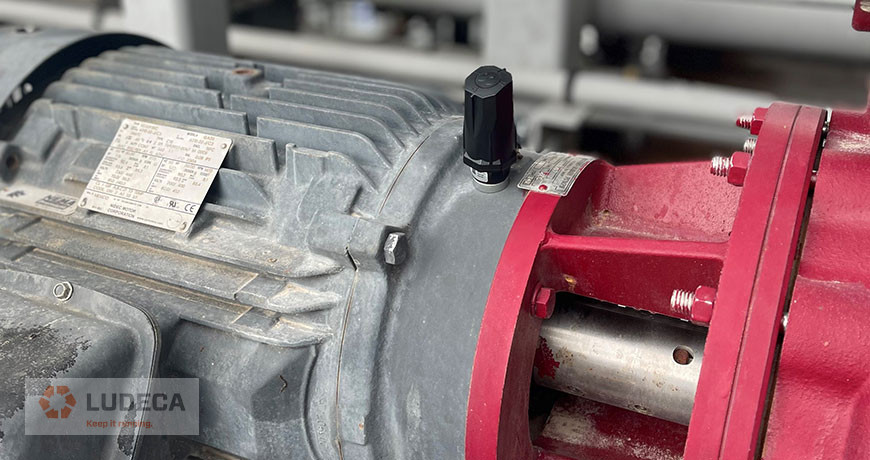
When choosing a wireless vibration sensor, it is important to carefully evaluate your specific application requirements and weigh the advantages of the technology to make an informed decision. Here are some advantages of wireless vibration sensors:
- Flexibility and Mobility: Wireless sensors such as the Kappa X provide greater flexibility in terms of placement and movement. This is especially beneficial in applications where it’s challenging or impractical to use wired connections.
- Ease of Installation: Installation of wireless vibration sensors is generally simpler and quicker since they do not require the installation of cables. This can result in cost savings, especially in retrofitting or dynamic environments.
- Scalability: Wireless systems are often more scalable, allowing for the easy addition of new sensors without the need for extensive cabling. This can be advantageous in expanding monitoring capabilities as needed.
- Suitability for Remote or Harsh Environments: In environments where running cables is challenging or impractical, or where equipment is located in remote areas, in an explosive environment, or harsh conditions for portable data collection, wireless sensors offer a viable solution.
- Instant Notifications: Configurable on wireless vibration sensors, real-time alerts can be sent through email or SMS text the moment vibration levels surpass predetermined thresholds. This enables operations and maintenance personnel to promptly address issues and prevent potential equipment failure.
Filed under:
Condition Monitoring by Alex Nino CRL
